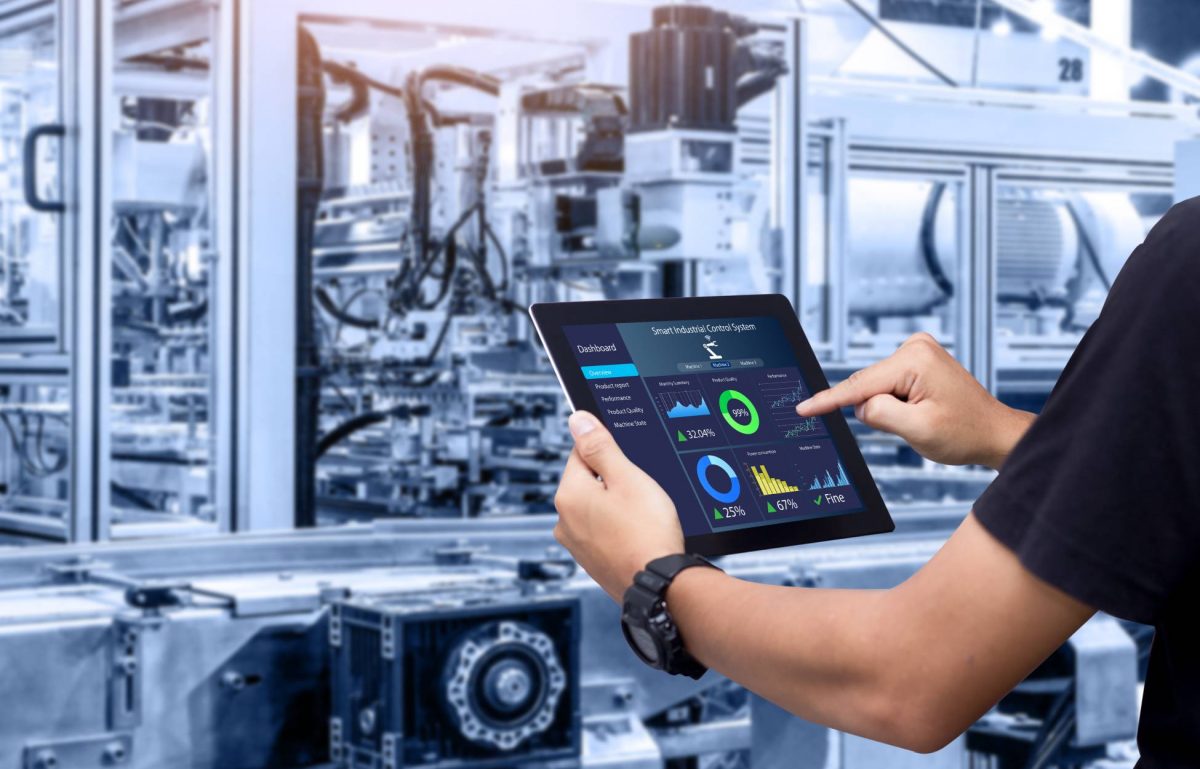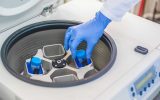Automation is a game-changer in the plastic manufacturing industry. By integrating advanced technologies, manufacturers can streamline operations, reduce costs, and improve product quality. Automation involves using machines and software to perform manual tasks, leading to increased speed and accuracy. The adoption of automation in plastic manufacturing will address the industry’s challenges and help manufacturers enhance efficiency.
Key Technologies Driving Automation
Several key technologies are driving the automation revolution in plastic manufacturing. Robotics, for instance, plays a significant role in automating repetitive tasks such as material handling, assembly, and packaging. Advanced sensors and vision systems enable robots to perform these tasks with high precision and minimal errors.
Additionally, machine learning and artificial intelligence (AI) will optimize manufacturing processes by analyzing data and making real-time adjustments. These technologies help manufacturers achieve greater efficiency and consistency in their production lines.
Benefits of Automation
The benefits of automation for plastic manufacturers are immense.
- Firstly, automation leads to significant cost savings. By reducing the reliance on manual labor, manufacturers can lower labor costs and minimize the risk of human error.
- Secondly, automation enhances productivity by allowing continuous production without interruptions. This enhancement results in higher output and shorter lead times.
- Thirdly, automation improves product quality by ensuring consistent and precise manufacturing processes. This improvement is particularly important in industries such as food packaging, where manufacturers have to meet stringent quality standards.
Integrating automation into food packaging and other packaging sectors improves efficiency and ensures compliance with safety regulations.
Implementing Automation
Implementing automation in plastic manufacturing requires careful planning and execution. Manufacturers must first identify the areas of their operations that can benefit the most from automation. This step involves thoroughly analyzing their production processes and identifying bottlenecks and inefficiencies.
After identifying the target areas, manufacturers can choose the appropriate automation technologies and develop a detailed implementation plan. This plan should include timelines, budgets, and resource allocation to ensure a smooth transition to automated operations.
Automation is transforming the plastic manufacturing industry by enhancing efficiency, reducing costs, and improving product quality. Manufacturers who adopt automation technologies can overcome their challenges and stay competitive in the global market.
As technology continues to evolve, the future of plastic manufacturing automation looks bright, with new trends and innovations set to drive further improvements in efficiency and precision. For manufacturers looking to stay ahead of the curve, now is the time to invest in automation and unlock the full potential of their operations













